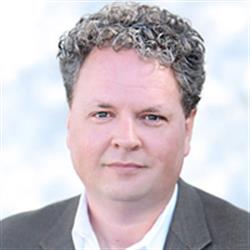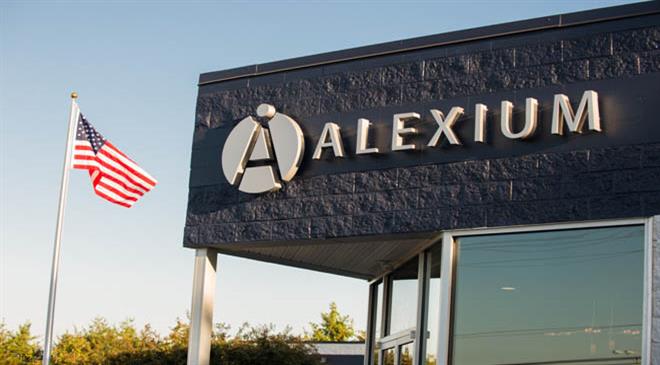


Robert Brookins

Alexium began from the commercialisation of a novel technology for functionalising textiles which was developed in the Air Force Research Laboratory. My involvement with Alexium was actually in those early days. Over time the company's strategic direction was refined to a more specialty chemicals model with a focus on flame retardant and thermal management applications. In contrast to a specialty chemical manufacturer whose focus is supplying the chemical product, Alexium works closely with customers on the final product and application needs.

Across all applications and regions, the specialty chemicals market is over $1 trillion per annum, but this does not characterise that market well. There is a broad range of end markets for specialty chemicals, and the specific details for those markets vary widely. With that said the need for specialty chemicals as a whole is growing as the demands for higher performance, minimal ecological impact, or improved cost-effectiveness require more than commodity-level solutions.
Our focus is on flame retardant and thermal management applications for textile and foam products. For these product portfolios, we have a range of products that target specific end markets and applications.
Our Alexicool products can be applied across a broad range of fabric types, including natural and synthetic fibres. In contrast, our Alexiflam products are designed for specific fabric types. Alexiflam FR is primarily used for synthetic rich fabrics, while Alexiflam NF is primarily used for natural fibres.
The wash durability of our Alexicool and Alexiflam products cover a large range and is really tailored to the specific needs of the end market. All of them are at a minimum semi-durable finishes (5+ home launderings), but for workwear applications of Alexiflam NF the wash durability is 50+ industrial laundering cycles. The final specifications simply depend on what the customer needs.
While defense industry applications of our flame-retardant nylon cotton treatment are a corporate focus, Alexium products target a much larger number of industries. Much of our work now is in the bedding industry, including both mattress and top-of-bed applications.
Alexium has recently announced partnerships with Pine Belt Processing and ICL for applications of its flame-retardant products. The former is specific to military applications while the latter covers a range of end markets. For our Alexicool products, these are applied to bedding products for general consumer use.
The end markets for Alexium customers are focused in the United States, but the manufacturing sites for those products are in Southeast Asia, Canada, Mexico, and Europe as well as the United States. As evidenced in our recent quarterly reports, our sales have significantly increased over the past year, in particular for our Alexicool products. This has been a strategic focus for the team. Next stage of growth is broader in scope including other regional markets as well as flame-retardant applications.
In every case, we work to understand what the client wants to accomplish. From there we can determine what is the best way for them to do that. Sometimes they want a general product, and sometimes they need a customised solution. Where we end up going is simply determined by what the client's vision for their product is.
For our Alexiflam products, we are focused on specific market gaps that have been there for some time. An example of this is our flame-retardant treatment for nylon cotton fabrics as used for military uniforms. For lack of a better phrase, market differentiation is inherent to the solution we provide in that case. For our Alexicool products, our products are differentiated by their excellent cooling capacity and wide range of application methods.
Our Alexiflam and Alexicool product lines are platform technologies that have great room for further advances, so for the near and midterm, new technology development will be focused on further expanding those product portfolios. Ease of application and superior performance are our primary motivations in these advances.
For our customers Oeko-tex certification has been important, so for support of the ecological and toxicological benefits of our products, this has been our focus.
Particularly over the past year, the market response to Alexicool-treated products has been excellent. Everyone sees that we bring a value added product with good market differentiation.
Providing an environmentally friendly solution for our customers is an integral part of our product development work even in the early stages of ideation. While we work with customers so they understand this, we often rely on Oeko-tex certifications to provide a third-party validation of this. (PC)
DISCLAIMER: All views and opinions expressed in this column are solely of the interviewee, and they do not reflect in any way the opinion of technicaltextile.net.